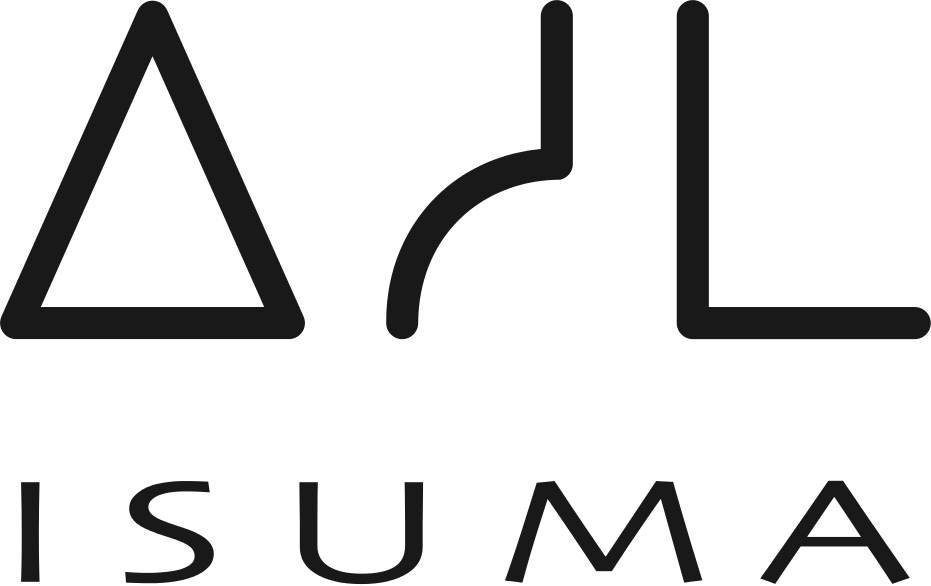
Nunavut’s Mary River sets off shipping boom at Valleyfield port
Sept. 10 shipment sets record for Arctic-bound vessels
The Mary River iron project on north Baffin Island has yet to start pumping out iron ore in commercial quantities — but it has already ignited an explosion of commercial activity at the St. Lawrence Seaway port in Salaberry-de-Valleyfield, Que.
On Sept. 10, the MV Claude Desgagnés, operated by Nunavut Sealink and Supply Inc., departed Valleyfield with 23,384 cubic metres of cargo bound for the Baffinland Iron Mines Corp. beach site at Milne Inlet, which is connected to Mary River by a tote road.
For the Arctic-bound cargo vessels that depart Valleyfield every season, that shipment stands as an all-time record.
“This is the highest volume of cargo loaded on an Arctic vessel to date in Valleyfield,” an Sept. 11 email from Valport Maritimes Services said.
Valport is a stevedoring group that supports the shipment of cargo through the Port of Valleyfield, which is operated by Société du Port de Valleyfield.
The company said that as of early September they had handled 100,000 cubic metres of cargo bound for Milne Inlet on four shiploads, using vessels operated by NSSI and Nunavut Eastern Arctic Shipping Ltd.
“Two brilliant carriers — NEAS and Desgagnés TransArctik (a component of NSSI) — both pioneers of Canada’s Arctic community resupply program and specialized large-project carriers, also weigh in with proven scope and process to deliver cargos in the most challenging of conditions,” Valport said.
One of the biggest items was a 140-tonne crane that was offloaded at Milne Inlet for transport by road from Milne Inlet to the mine camp.
And they said they’ve already delivered items like sections of camp buildings, and components for a tank farm that will hold aircraft fuel, diesel and heating fuel.
“This equipment and cargo specific to mine operations have also made their way north,” Valport said.
To handle the complex logistics of acquiring, marshaling and shipping cargo to the Mary River site and constructing a mine there, Baffinland has selected Hatch Ltd., a company that specializes in large resource and infrastructure projects.
Staff from Hatch now work closely with Valport Maritimes Services to assemble huge cargo loads bound for Milne Inlet.
To prepare for large mega-projects like Mary River, Valport has expanded its facilities, adding new warehousing, a fabrication and assembly centre, a packaging and crating centre, a cross-dock operation, and a cargo staging facility.
They also say that improvements to nearby Autoroute 30, nearby rail lines operated by CN and CP, as well as a new rail hub that’s under construction, positions the entire region as “a true multi-dimensional, multi-service logistics dynamo.”
Meanwhile, the Nunavut Impact Review Board is about to hold public meetings between Sept. 30 and Oct. 7 — in Igloolik, Hall Beach, Pond Inlet, Arctic Bay, Resolute Bay, Grise Fiord and Clyde River — on Baffinland’s “early revenue phase” proposal.
Under that plan, Baffinland would complete development of a port at Milne Inlet by mid-2015 and by 2016 would ship 3.5 million tonnes of ore a year from that port during the summer and fall.
The company estimates that 1,400 workers will be on site in 2014 and 2,000 by 2015.
But by 2020, Baffinland proposes completing a railway to a port at Steensby Inlet, which would allow 20 million tonnes of ore to start flowing from Mary River virtually all year round.
Baffinland’s revamped plan is still under consideration by the NIRB, which is working with the Nunavut Planning Commission to determine if the company’s current plans for Milne Inlet conform to the North Baffin Regional Land Use Plan.
COMMENTS on Nunatsiaq Online
#1. Posted by wondering on September 13, 2013
take it while ya can, trust me..in 2-3 years from now this mine will go the way of all other mines…closed for business.
#2. Posted by mack on September 13, 2013
Mayors,send as many people as you can to Morrisberg, they need this training, to secure employment at Mary River,
#3. Posted by Observer on September 13, 2013
“take it while ya can, trust me..in 2-3 years from now this mine will go the way of all other mines…closed for business. “
Yeah, just like Lupin (1982-2005, 23 years), Polaris (1981-2002, 21 years), Nanisivik (1976-2002, 26 years), Meadowbank (2010-, 3 years and going).
Oh, I’m sorry. Were you thinking Jericho was “all other mines”?
#4. Posted by wondering on September 13, 2013
just like I said “all other mines”
lupin, only 23 years
nanisvik only 26 years
polaris only 21 years
yes Jericho only 2 years
read what I said…
all subject to high costs and falling prices.
#5. Posted by #1 Northerner on September 13, 2013
Then let’s take advantage of those few years, instead of naysaying all the way. People who will work there will learn skills, earn money for their families instead of depending on welfare and perhaps (hopefully in the future) learn to make up their own decisions in running a mine.)
I did not want this mine to go ahead, but for what reason? No more animals around that area to hunt anyway. The mine is progressing anyway whether we like it or not, so time to go with the flow.
#6. Posted by No shelter here on September 16, 2013
Sigh.
#7. Posted by concerned person on September 16, 2013
#5 #1 Notherner; couldn’t said it better! No more hunting grounds in most of that vast area. Also, get ready for new/invasive species that could potentially destroy a native species and/or put them into extinction. My biggest worry is that people will be mad once they can not hunt/eat their traditional foods (caribou, marine animals, polar bears etc.) when it becomes too late to take action.
Wish more people were more educated as to what this mine will do to our environment (land, sea, air) and to the animals surrounding it.

















